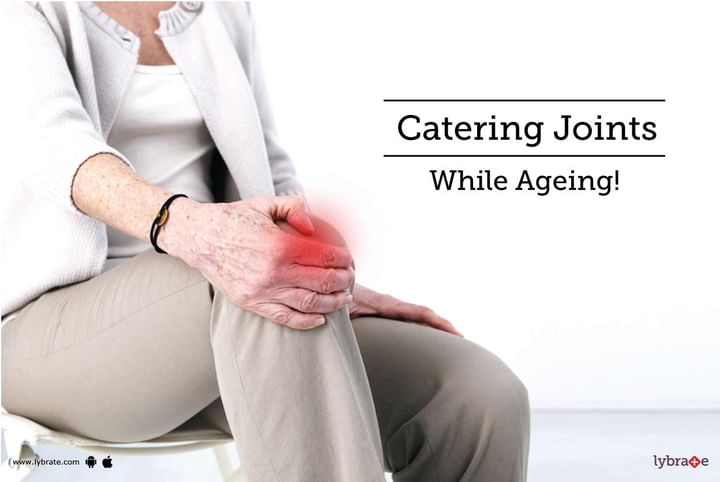Catering Joints While Ageing!
Skin is one of the most obvious parts of our body which ages with an increase in the number of candles on our birthday cakes. As you age, joints tend to become stiffer and less flexible. The body does not recover from bumps and bruises as easily as it did before, and it becomes difficult to stand for extended time intervals. This is caused mostly by a breakdown of cartilage and inflammation of the synovium.
What is cartilage?
Cartilage is a flexible connective tissue. It connects the ends of two bones in a joint. It is softer than bone tissue but less flexible than muscle tissue. Cartilage is responsible for the smooth movement of joints.
With age, cartilage begins to degenerate. As the cartilage gets thinner, movement becomes more and more difficult. If left untreated, the cartilage may completely wear off leaving no buffer between the bones. This is one of the leading causes of knee replacement surgery.
What is synovium?
Synovium is a membrane responsible for keeping the cartilage healthy. It produces a thick fluid that keeps the cartilage and joint lubricated. In cases of osteoarthritis, this membrane can swell up and produce excess fluid. This, in turn, causes the joint to swell as well.
Along with age, factors like being overweight, genetics, gender and lifestyle also play a role in the condition of your joints. Being obese points towards a sedentary lifestyle and puts extra pressure on joints, leading to the thinning of cartilage. The possibility of developing disease increases with age. Most people suffer from some degree of osteoarthritis after getting 60. The severity, however, varies from person to person. The problem has not spared even the people in their 20s and 30s. They, however, suffer from it due to an underlying reason such as joint injury or repetitive joint stress from overuse. Osteoarthritis affects more women than men over the age of 50.
Exercise-
Movement of the joints keeps the fluid in them moving. It also prevents the cartilage from shrinking and stiffening up. Exercise also makes the bones stronger and slows the rate of bone tissue deterioration. Stretching exercises are also a good way to maintain the flexibility of joints. Exercising also maintains the thickness of articular cartilage. In patient with already developed osteoarthritis, exercise has to be done as per the guidance of orthopaedic surgeon/physiotherapist.
Healthy diet-
Foods that are known as natural anti histamines, antioxidants and foods that fight inflammation promote healthy joints. Some of these are:
- Green tea: It prevents the breakdown of collagen and cartilage
- Nuts and seeds: These are rich in omega 3 fats that are essential for good bone health
- Ginger: It relieves pain and joint swelling
- Yoghurt: It helps soothe tender joints and fights inflammation
- Pomegranate: It protects the cartilage against damage
Hot and cold therapy can also help relieve joint pain and reduce inflammation. As you get older, avoid putting too much pressure on your joints and give them adequate rest. Lastly, avoid smoking, as people who smoke have an increased risk of cartilage loss.



+1.svg)
